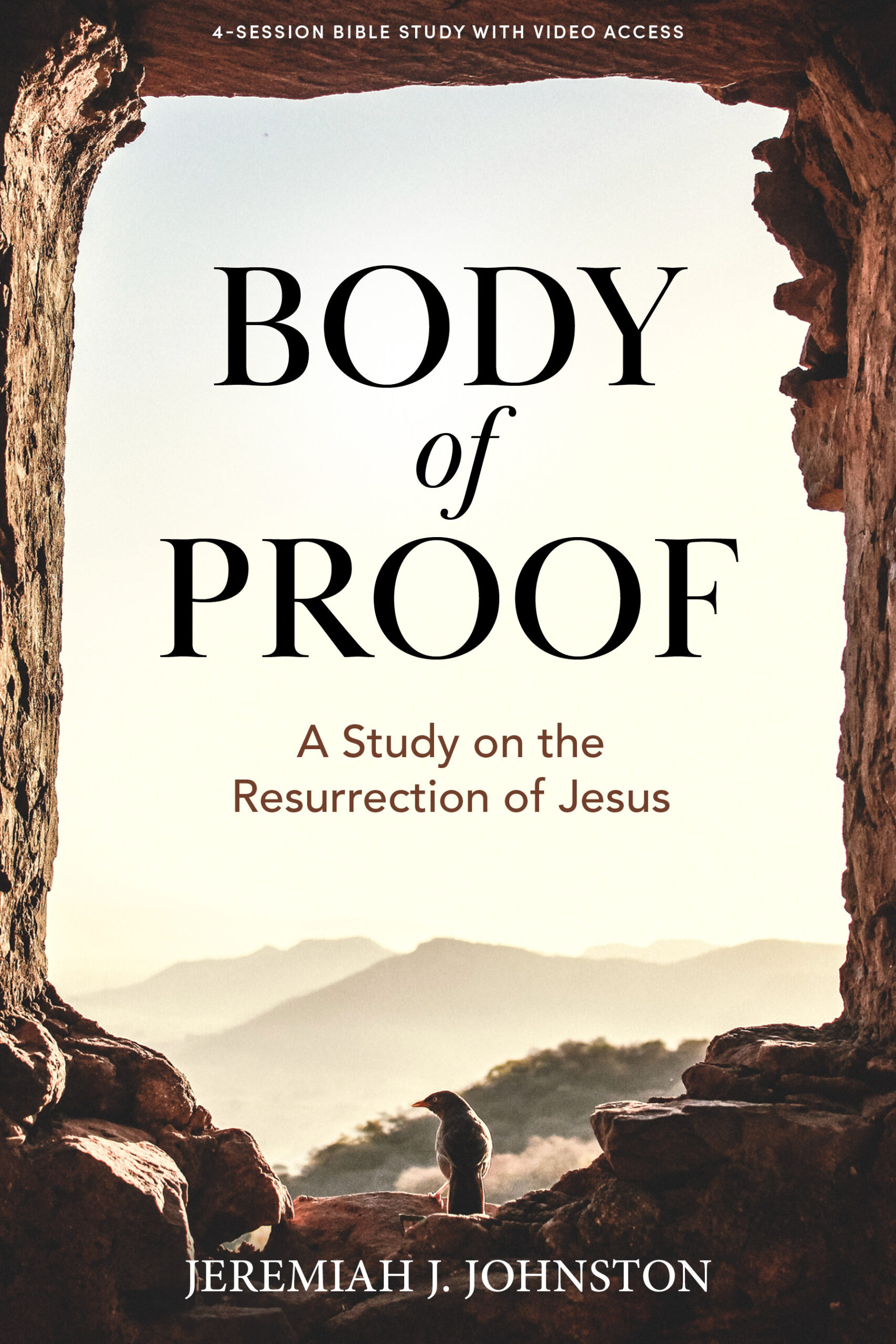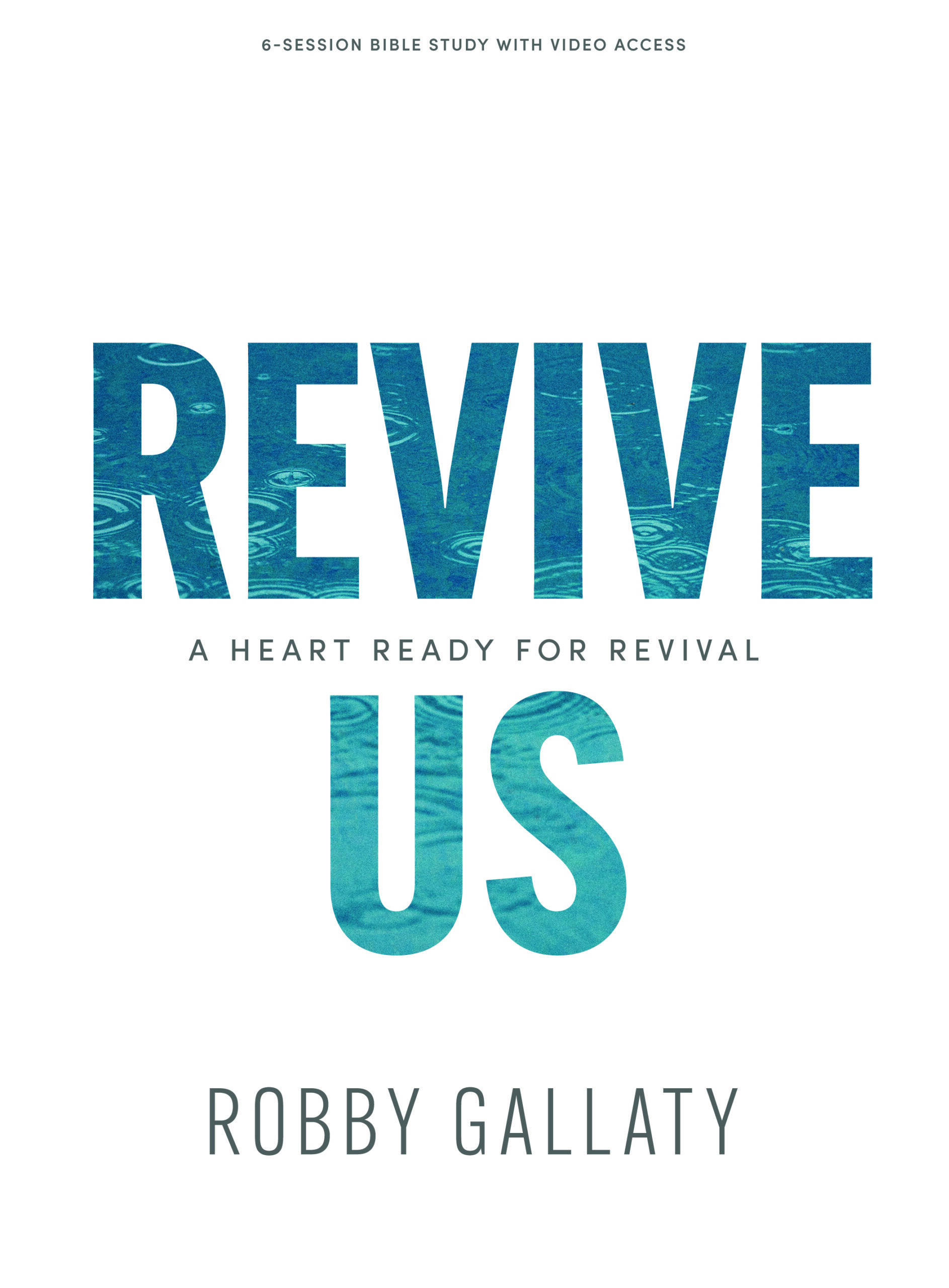Everyone is about to be at your church at the same time. At least, that’s how it will feel when school starts back in August. It can get depressing for church leaders to see lower numbers in church services and small groups during the summer—vacations and altered schedules can make it feel like the church has lost any momentum it might have gained from Easter. However, come fall, that momentum is about to shift again. The families who left for vacations will be back for the school year, and the new families moving into the community will be looking for a church home. This is an ideal time to capture that shift with a focused small groups campaign. Adapt this six-week timeline to help ensure a successful launch.
Week One
Begin the push for new leaders and hosts for the upcoming groups campaign. This is most successful when the senior pastor does the pitch from the stage. It will also begin to build excitement around the message series for the campaign. The small groups leadership need to be ready to make it as easy as possible for the new leaders and hosts to sign up that morning.
Week Two
Make another push from the stage for leaders and hosts. Multiple weeks are necessary because most people do not attend every Sunday. Set a goal for the number of new groups for the campaign; based on the results from week one, let the congregation know how many more are needed to reach it.
Week Three
Host a large group training for existing and new leaders. This is where you will reveal the specifics for the campaign. The senior pastor should be invited to share the “why” behind small groups and the campaign at this event. Make it fun and memorable, or your leaders will hesitate to come to the next one.
Week Four
Begin the call for people to join groups for the campaign. Again, this is best done by the senior pastor—preferably during a message on the importance of community. Specific stories of past life-change in groups will take the push over-the-top.
Week Five
Kick off the campaign with a connection event to plug people into groups. If you are utilizing video-enhanced curriculum, use week one’s teaching video during the event to transition groups into the study. People should leave the event with a taste of group life at your church.
Week Six
Do a final push for anyone that has not yet connected into a group. Be prepared to help a few new groups start at this point if necessary. After groups have been successfully launched, begin to look for stories to share for the next campaign.
Chris Surratt is a ministry consultant and coach with over 22 years of experience serving the local church. Chris served on the Executive Team at Cross Point Church in Nashville, TN, and was on staff at Seacoast Church in Charleston, SC, for 15 years. He is also the Small Group Specialist for Lifeway Christian Resources. Chris’s first book, Small Groups For The Rest Of Us: How to Design Your Small Groups System to Reach the Fringes, was just released by Thomas Nelson. You can follow his blog at chrissurratt.com or follow him on Twitter @chrissurratt.





Leave a Comment: